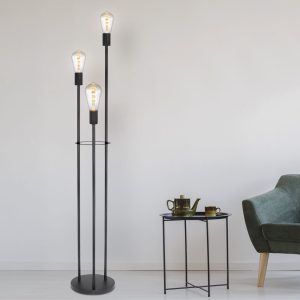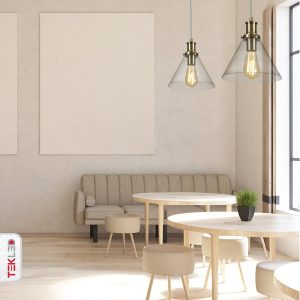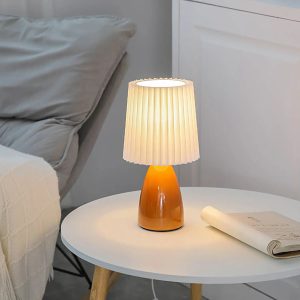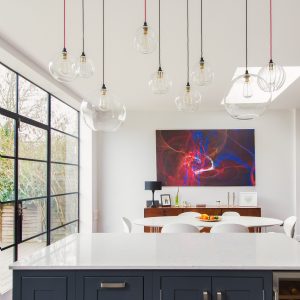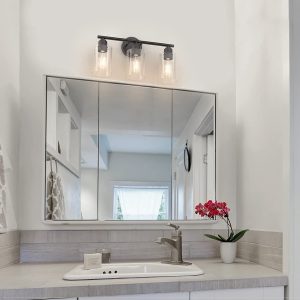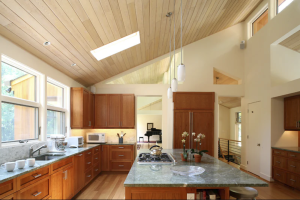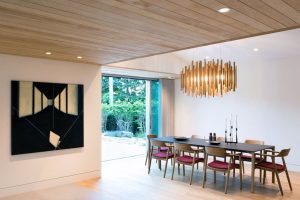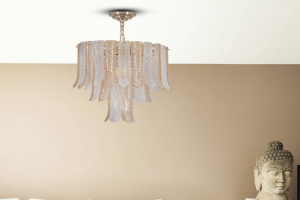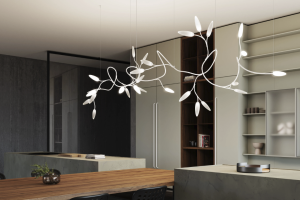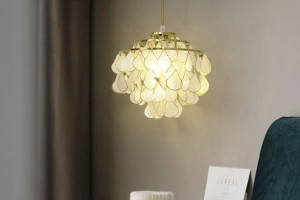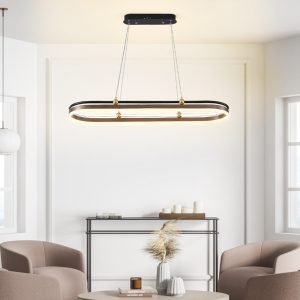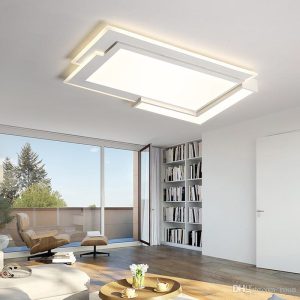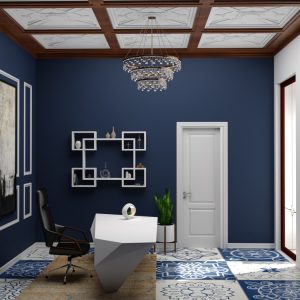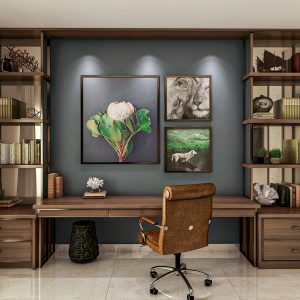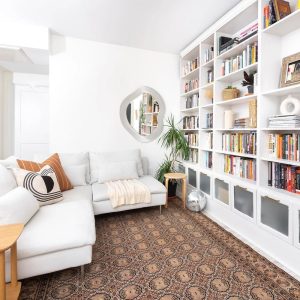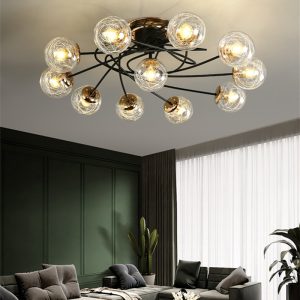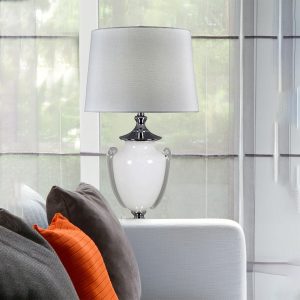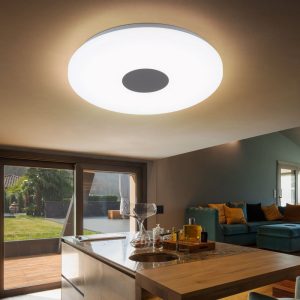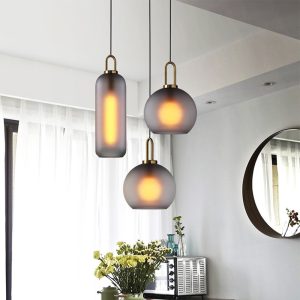
Lighting is one of the most critical elements of any interior design project. Proper lighting can transform a room and make it more comfortable, welcoming, and functional. However, choosing the right lighting can be challenging, especially when you consider the wide range of options available today. One popular approach to lighting is layering. Layering light sources can create a beautiful ambiance and solve a wide range of lighting problems, including glare, shadows, and uneven lighting.
What is Layered Lighting?
Layered lighting is a design technique that involves using a combination of different light sources to achieve a specific lighting effect. Layered lighting comprises three main categories of lights: ambient, task, and accent lights.
Ambient Lighting
Ambient lighting is generally the primary source of light in a room. It provides an overall illumination that creates a comfortable and inviting atmosphere. There are several types of ambient lights, including:
– Chandeliers
– Pendants
– Recessed lights
– Wall sconces
– Floor lamps
Task Lighting
Task lighting is designed to provide illumination in specific areas where tasks are completed, such as reading, cooking, working, or applying makeup. This type of lighting is essential for providing adequate illumination for tasks that require more focus and concentration. Task lighting includes:
– Desk lamps
– Under-cabinet lights
– Reading lamps
– Vanity lights
Accent Lighting
Accent lighting is used to highlight specific elements in a room, such as artwork, architectural features, or decor items. Accent lighting can create a focal point, add drama, and create a mood in a room. Accent lighting includes:
– Track lighting
– Picture lights
– Table lamps
– Wall lights
How to Layer Lighting
Layering lighting involves using a combination of ambient, task, and accent lights to create different lighting Lightingcreate effects in your room. Here are some tips on how to layer lighting:
1. Start with a Plan
Before you start designing your lighting, it’s essential to have a plan that outlines the activities that will take place in the room and the lighting needs for each activity. This plan will help you determine the right type of lighting and the placement of each light source.
2. Layer Your Ambient Lighting
Begin by choosing your ambient lighting. Pick a single fixture or a combination of fixtures, such as a chandelier and recessed lights. The goal is to create a comfortable and inviting atmosphere that complements your room’s overall style.
3. Add Task Lighting
Once you have ambient lighting in place, it’s time to add task lighting. Think about the activities that take place in the room and where you need additional lighting. For example, if you have a reading nook, you may need a floor lamp or a reading lamp.
4. Use Accent Lighting to Create a Focal Point
The final step is to add accent lighting to highlight specific elements in your room. For example, if you have a beautiful artwork, you may use picture lights to draw attention to the piece.
Layering lighting is an essential aspect of any interior design project. By using a combination of ambient, task, and accent lights, you can create a beautiful and functional space that meets your lighting needs. Remember to start with a plan, layer your ambient lighting, add task lighting and use accent lighting to create a focal point. With these tips, you can create the perfect ambiance for every room in your home.

